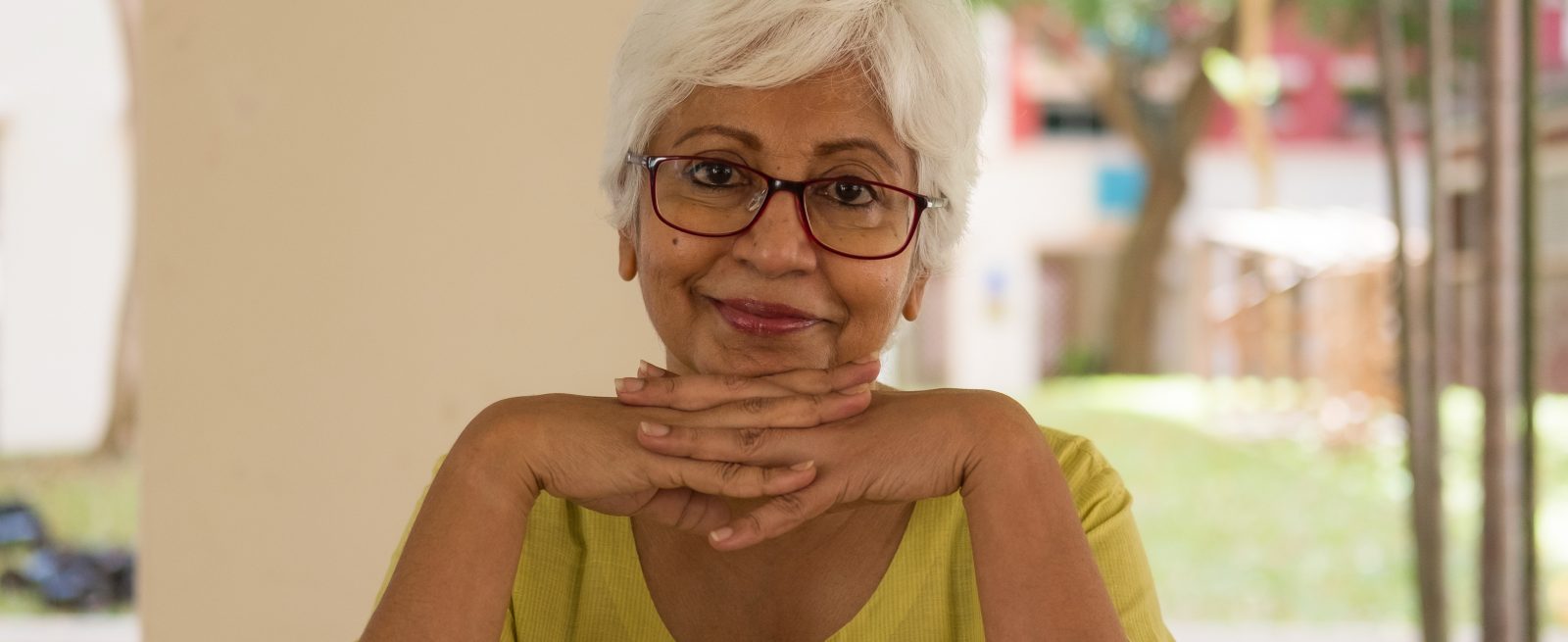Adapting Your Restaurant for an Aging Population
3 Min Read By Amy Hodgetts
You may already be familiar with the fact that the world’s population is rapidly increasing, but not only that, it’s also aging. Thanks to advanced medical technology and healthier lifestyles, we are living longer than ever before.
In 2014, the US population was recorded at 46 million – a figure which is expected to increase to more that double by 2060. According to a forecast by PRB (Population Bulletin), there will be an additional 18 million people entering the over 65 age bracket over the next decade (between 2020-2030). As a result of this, the average American business customer is expected to fall within an older age bracket than ever before.
Therefore, companies will need to adapt to cater primarily for senior citizens, especially if they are offering a direct service, such as in the food industry. In this article, we’ve teamed up with leading stairlift provider, Acorn Stairlifts we will explore how the restaurant sector can adapt to provide the best level of service to senior citizens.

The Aging America
The US’s older population is expected to outnumber its children for the first time eve rby 2035. And yet, according to USC News, the States are not prepared to deal with this shift in population. There are a few key areas that the US needs to consider when it comes to adapting to an elderly population:
- Mental health and loneliness
- Its workforce
- Physical health and nutrition
- For the latter, the need for healthy nutrition for the elderly is certainly a primary goal for eateries in the United States. A country that is ridiculed around the world for its continued weight problem will soon be required to provide healthier alternatives for its elderly population.
Takeout for Tech—Savvy Senior Citizens
Restaurants in America need to be aware of two things. One, that senior citizens are becoming increasingly more tech-savvy as the years go on. Two, older people are eating out morethan the younger generations. This means both takeout and sit-in options at restaurants are pulling in an increasingly senior crowd!
As a matter of fact, takeout options are on the verge of becoming the main choice for many. US restaurants have noted customer preference leaning more and more towards takeout as opposed to sitting in, and it is actually impacting menu choices.
A Restaurant’s Responsibility
With that in mind, what can restaurants do to provide for the older-yet-tech-savvy customer in terms of both service and food?
Accessibility
For the customers who opt to dine-in, it’s important to ensure your restaurant is accessible. US restaurants have noted customer preference leaning more and more towards takeout as opposed to sitting in, and it is actually impacting menu choices.

Training
Customer experience is key – and this ultimately comes down to the service they’re provided. Be sure that your staff are doing more than just applying a “one-size-fits-all” treatment to your customers. The needs and requirements of older customers in particular can be very different, and it’s important for your staff to be aware of this. A good investment would be to train your staff in how to approach senior customers — in more ways than just offering a discount on the bill.
Food
Rather than picking food for its ability to do well in transit or delivery, picking food that is nutritionally rich is crucial. Foods high in protein, or a delivery of vitamin-rich vegetables will certainly be beneficial to an older customer base; this will help to ensure they are eating a balanced diet that might otherwise be difficult for them to cook alone.
Innovations Around the World
The aging population is not just limited to the US; it is a global issue. Therefore, it is wise to take a look at how other countries are handling the change and seeing what methods could be adapted for the US.
One example is Japan, the older generation, even those with issues eating solid food, are still tucking into their favorite restaurant options at Kaze no Oto. The restaurant is offering the option of puréed forms of their dishesin order to help senior citizens. Essentially, they have a senior menu much like a restaurant would provide an adapted menu for children.

By making a few simple swaps, Japanese chefs are able to keep the visual aesthetic in place while providing healthy meals for their senior citizens. The New York Times noted a few examples of this, such as swapping sea bass with a softer fish like flounder. Alternatively, food can be puréed, a gel powder added, then the resulting mix put into a mold to set in shapes.
It is clearly time for restaurants to shake up their menus and change their approach to senior citizens. According to data, older customers are rapidly forming the main customer base, so failure to adapt to their needs could lead to potential losses.
Sources:
https://www.nytimes.com/2017/02/12/world/asia/japan-yokohama-aging-population-food.html
https://www.sfgate.com/health/article/U-S-seniors-go-out-to-eat-more-than-Millennials-5183306.php
https://www.prb.org/wp-content/uploads/2016/01/aging-us-population-bulletin-1.pdf
https://news.usc.edu/143675/aging-u-s-population-unique-health-challenges/


